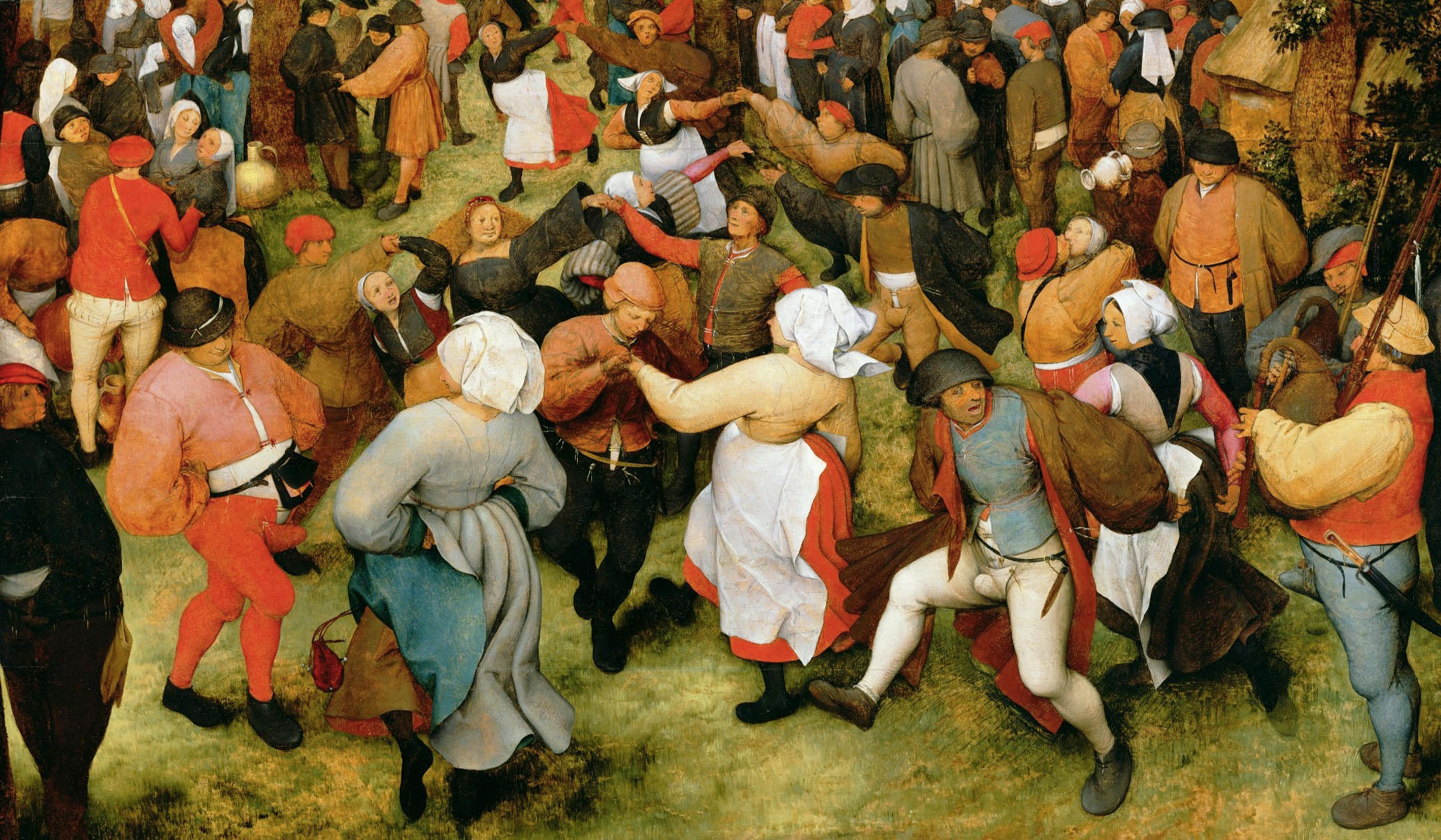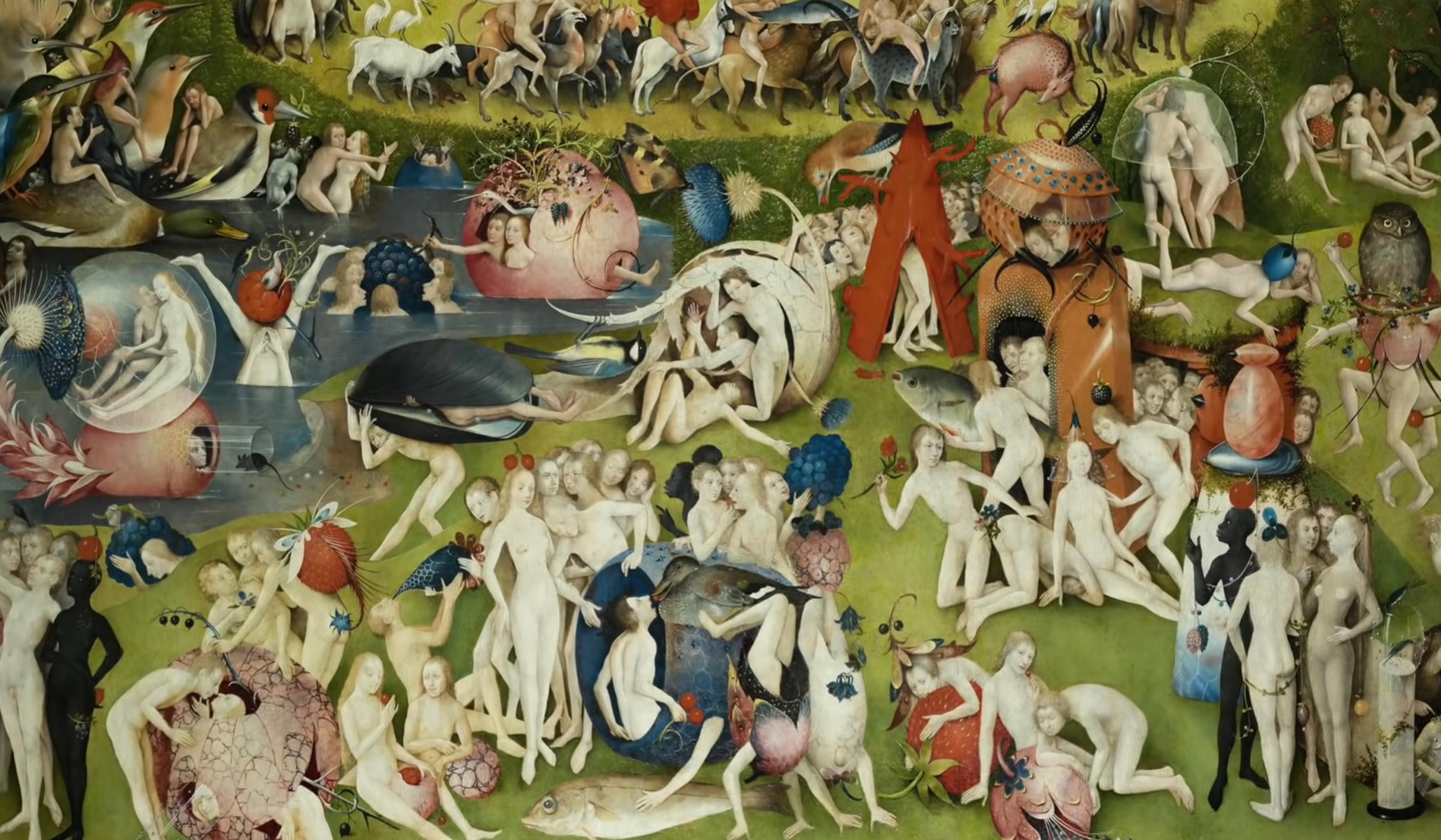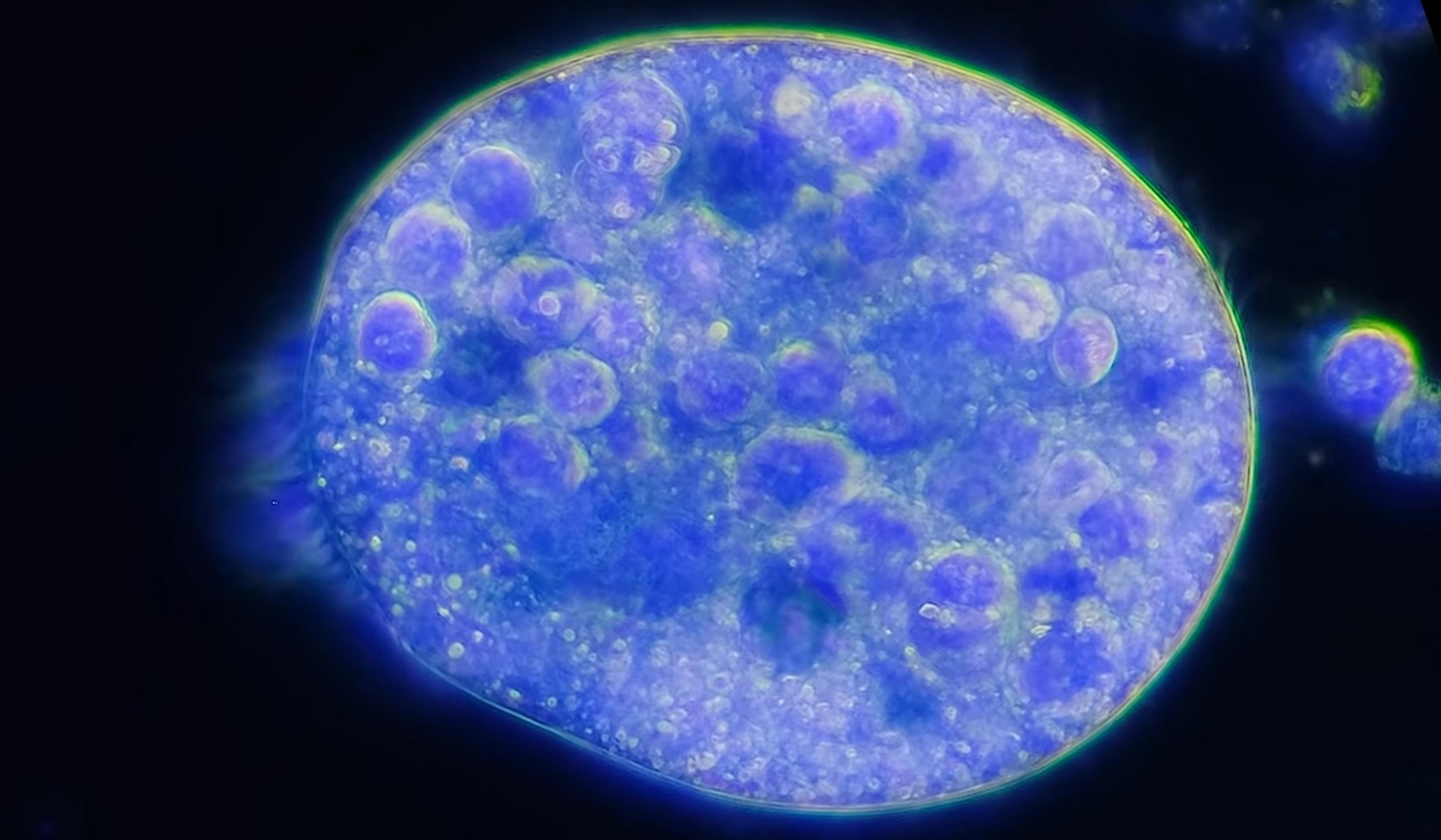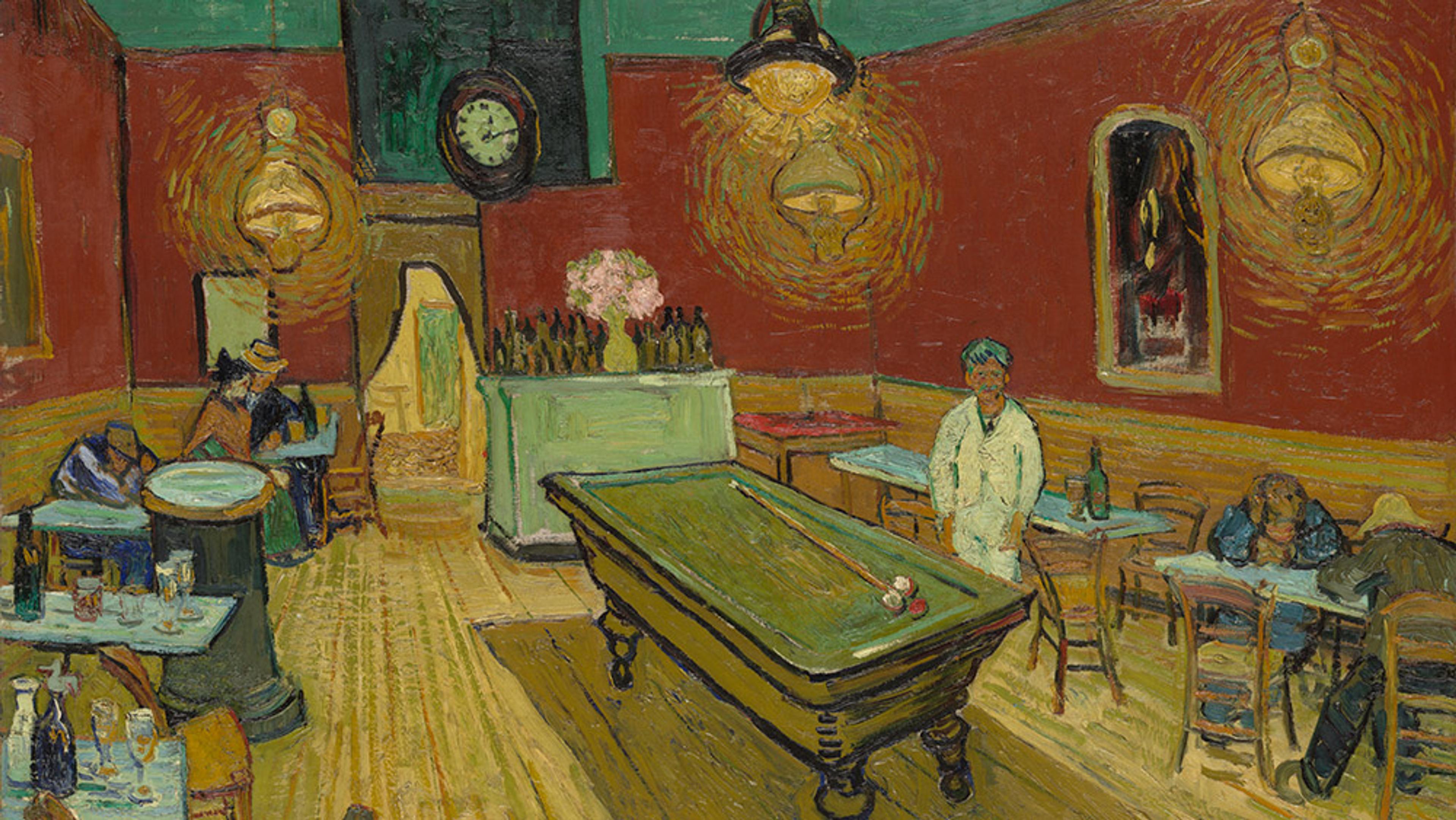More than a century before Carl Linnaeus set out to categorise the natural world, the 16th-century Flemish painter and polymath Joris Hoefnagel began to render the creatures around him in unprecedented detail. As the US video essayist Evan Puschak (aka The Nerdwriter) explores in this short, Hoefnagel’s project was quietly revolutionary – particularly in his keen interest in insect life. Pairing his thoughtful analysis with some of Hoefnagel’s most striking illustrations, Puschak lays out why 16th-century Antwerp, the artist’s home, was the perfect confluence of time and place for his innovative melding of science and art.
Detail of a blue chaser dragonfly from Plate 17 of Animalia Rationalia et Insecta (c1575/1590s) by Joris Hoefnagel. Courtesy the National Gallery of Art
Insect aesthetics – long viewed as pests, in the 16th century bugs became beautiful
Video by The Nerdwriter
Website: National Gallery of Art

videoBiology
In the jungle of Suriname, Maria Sibylla Merian discovered insect metamorphosis
4 minutes

videoArt
Why European artists shifted their focus from power to peasants in the 16th century
5 minutes

videoHistory of science
‘I could not but wonder at it’: history’s first glimpses into the microbial world
7 minutes

videoArt
Grotesque imagery meets religious conservatism in Hieronymus Bosch’s art
51 minutes

videoHistory of science
There’s no one way a microbe looks, only different clever methods to see it
13 minutes

videoBiology
Beetles take flight at 6,000 frames per second in this perspective-shifting short
9 minutes


